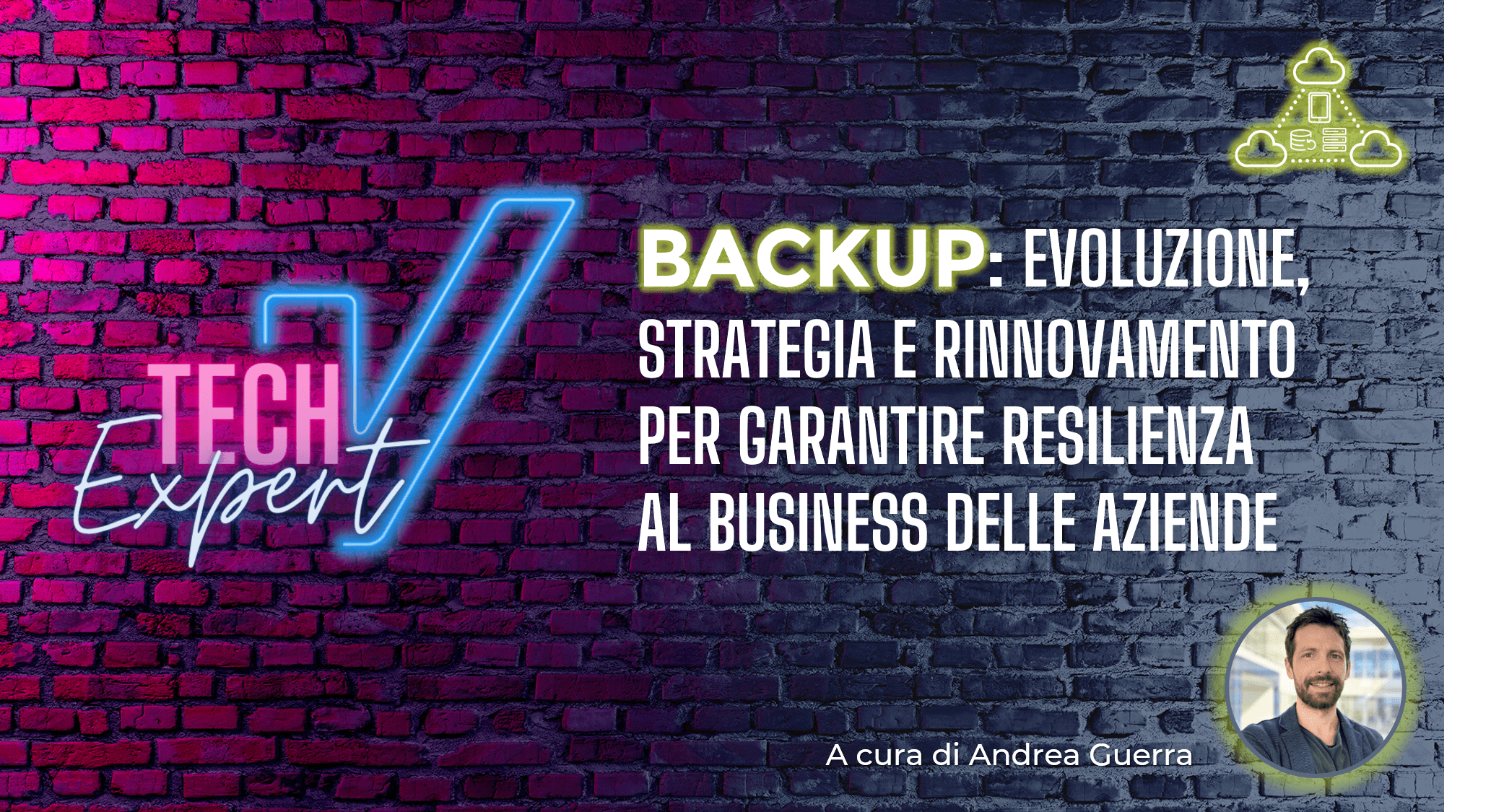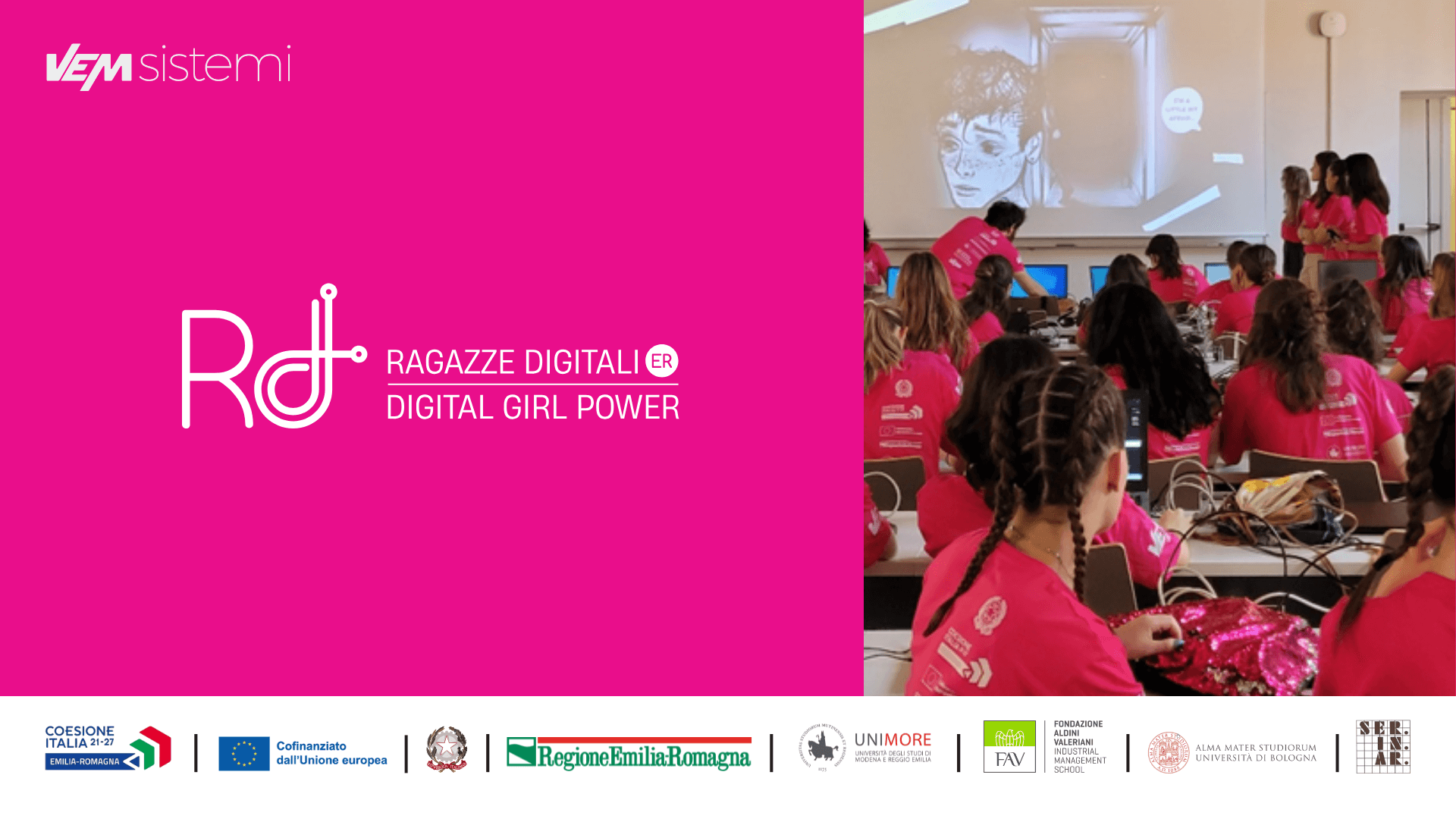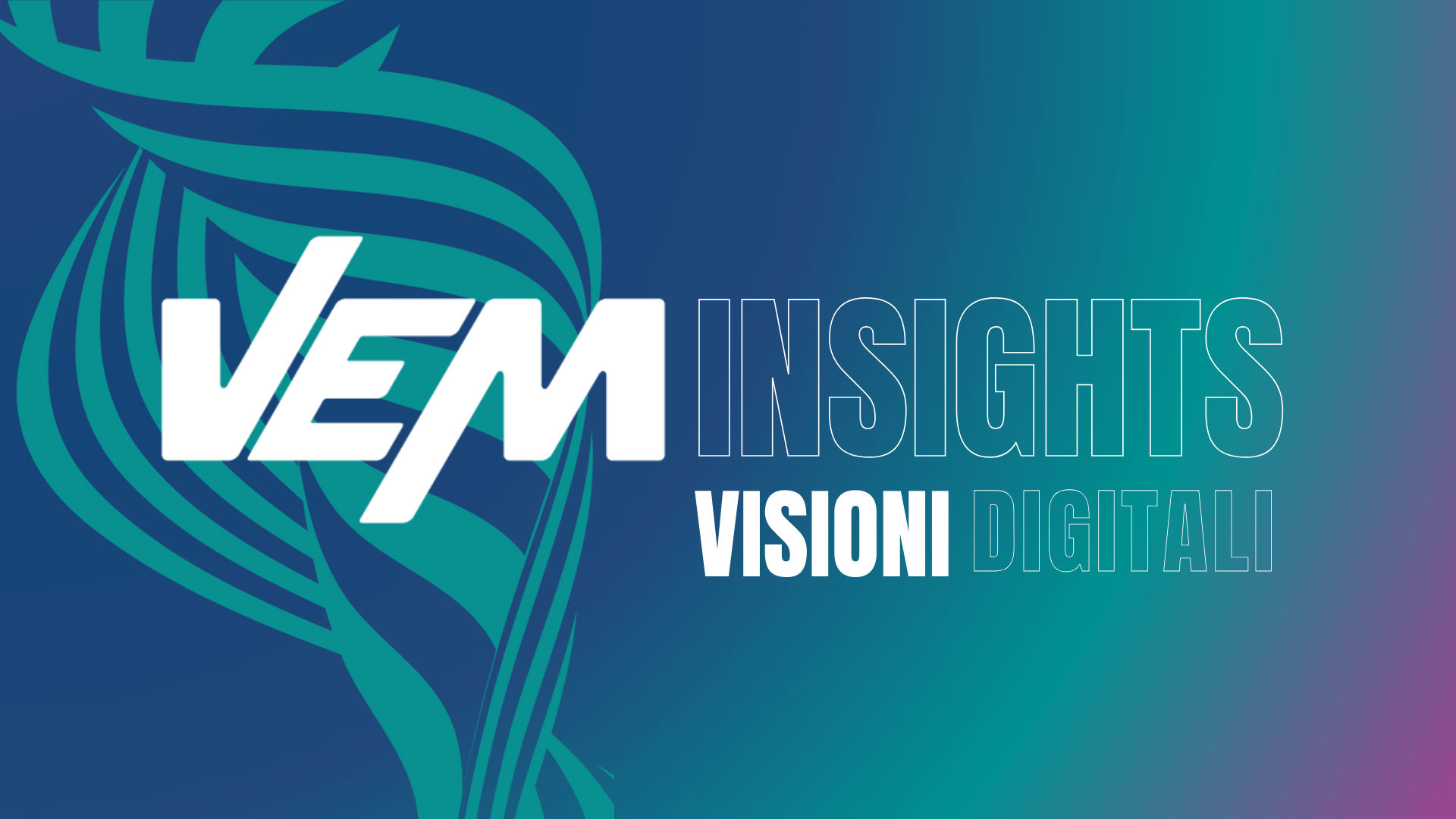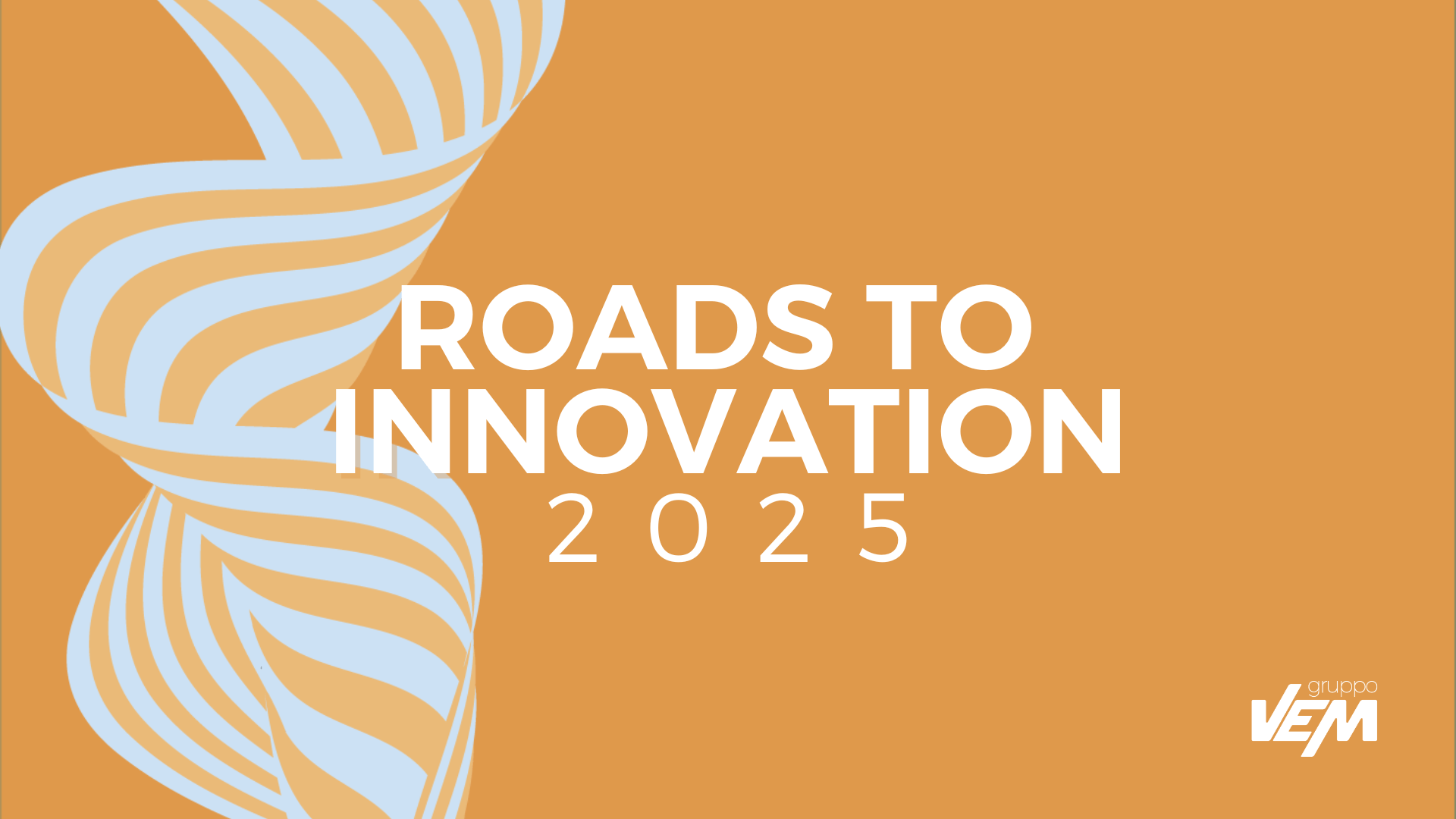This short article explains how backup has become all-round information management to ensure security and resilience for companies’ business.
By Andrea Guerra, Technical Expert VEM sistemi
One of the challenges that the IT world is facing these days concerns entering the hybrid Cloud world.
Business needs, in fact, have changed: the use of on-premise architectures for the provision of services that do not require particular dynamism and scalability factors is taking place alongside the use of “at consumption” resources on the public cloud.
The advent of Hybrid Cloud has pushed companies to adopt a different model than in the past, shifting the “infrastructure management” paradigm to “application management”. This new application-centric paradigm has broadened the vision, pushing companies to adopt MultiCloud strategies for the delivery of business services, placing data and applications on the most congenial hyperscaler.
The year 2023 brings with it new and different challenges: Hybrid and MultiCloud have basically become a standard, they have optimised performance and availability of services, but at the same time they have fragmented data management, making its protection more difficult. In Italy, cyber-attacks in 2022 grew by 169% over the previous year, as the Clusit Report notes, and the ransomware threat is a scourge that is becoming more difficult to counter and growing. Suffice it to say that Cybersecurity Ventures estimates that by 2031 a device will suffer an attack every 2 seconds.
Today, the goal is precisely to create synergy between service availability and data security, and VEM identifies 3 distinct steps to do this: Evolution, Strategy and Renewal.
- Evolution
- The aim is to protect workloads in a modern way, exploiting Machine Learning and artificial intelligence mechanisms. The analysis of backup data has become very important because it makes it possible to reduce the impact of an attack and to speed up service restoration times, excluding all data that is no longer intact or that could conceal threats
- Strategy
- The strategy must be centred on a ‘zero trust’ model based on the principle of ‘never trust’ as all devices are to be considered unreliable and attackable. The strategy must therefore include keeping backup copies on a solution with an immutable file system, working in append-only mode and not exposing open network protocols. In addition, the management of users able to access backup systems becomes fundamental: on this issue, it is necessary to have solutions capable of managing user roles and permissions in a granular manner, integrating MFA and providing for a ‘quorum’ of administrators to approve any change (e.g. correction of a backup policy)
- Renewal
- Renewal is about adopting next-gen solutions for backup storage, that allow data to be stored in immutable and appropriately isolated object storage (air-gap). An object storage solution has two implementation modes: hybrid or SaaS.
- The hybrid mode involves the introduction of on-premise object storage that can scale infinitely in terms of space/performance. Scalability can extend to the public cloud, while maintaining data control over the entire stack.
- The cloud-based mode involves the use of SaaS services based on the S3 protocol. Once the data is archived, the SaaS system is able to isolate itself, effectively creating a logical air gap that does not expose data except to the backup system during the archive phase.
It is therefore clear that backup is no longer just a copy of production data but is all-round information management, providing security and resilience to companies’ business, and ensuring a future in which data will continue to drive their renewal.












